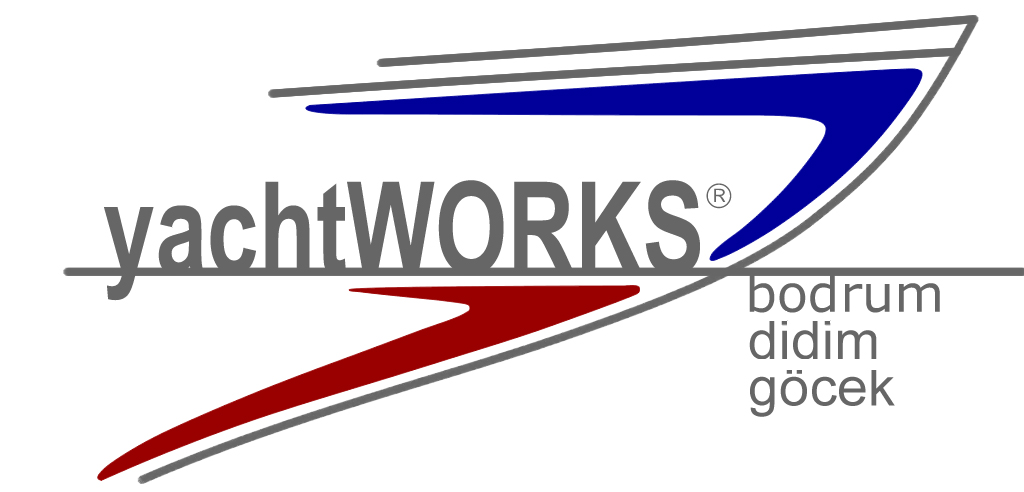|
Some details to be considered when sending goods to yachtWORKS from abroad |
|
A foreign flagged yacht transiting Turkey is entitled for “goods in transit”, provided the owner is a non-resident of Turkey. Even if the “transit” may take years, as it is common with cruising yachts, the yacht is entitled to the benefits of this procedure. In this procedure, no VAT and no Customs Fees are levied in Turkey, however clearance fees have to be paid. The procedure is more complicated than an ordinary import basically it involves a transfer from the port of arrival of the goods, usually Istanbul or Izmir to the deck of the yacht in question – under bond. For minor items the YiT procedure is not recommended. 1. For the YiT procedure a formal PoA for yachtWORKS and for a suitable Customs Agent is required. The text of the PoA has to follow an exact format and can be supplied by ourselves on demand in Turkish. 2. This PoA has to be signed in the presence of a Public Notary by the Owner. If the Public Notary is in Turkey (thus the Owner is in Turkey) proceed to 3. If the Public Notary is abroad, the Public Notary has to be verified by the local Turkish Consulate, this is called “the Apostille”. Even if the chance for a future YiT procedure is present it is recommended to carry out the PoA in Turkey and to leave it here. It is valid for ten years or until revoked. 3. The Invoice for a YiT has to follow a special format. The adresee has to be
4. All items in all invoices should be acopanied by the “Harmonized Customs Position Number”; this is a 12 digit number, adopted by all countries to standardize customs procedures. The numbers format is xxxx.xx.xx.xx.xx and as an example 3210.00.90.00.11 stands for “antifouling paints”, 8425.31.90.00.11 for “windlasses for marine use” etc. 5. The invoice should have a number, a date and should be signed and should carry the seal of the company issueing it. 6. A draught of all invoices should be faxed to us PRIOR to shipment in order that we can verify all that above IN ADVANCE. Otherwise, delays and charges will possibly arise. These will be invoiced to the sender. 7. Every invoice is a separate commission. Even if two invoices are issued by the same sender and to the same receipient and are part of the same consignement, the clearances will be separately and and the costs will be accordingly. |
|
|
|
The advices above are believed to be correct at the time of editing. They are an attempt to reduce the most common mistakes, they certainly are not complete and the author will not accept any responsibility arising from following the advices offered. |


 Turkish
Turkish Deutsch
Deutsch Русский
Русский